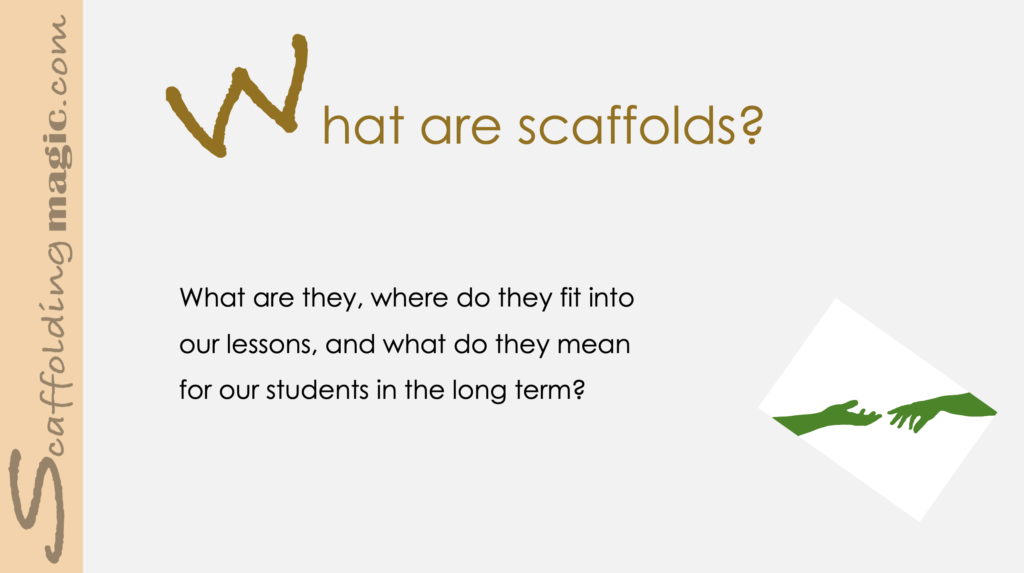
Download PDF of blog here.

Scaffolds. What are they and why should we care?
Let’s take the first part of the question first: What in the world are scaffolds? You’ve heard the term over and over again, but you haven’t really been able to figure out what it has to do with you – with your lesson planning. Well, just so you feel better – most educators are lost when they first hear the word. Aren’t scaffolds what we put around buildings when they’re under construction?
In fact, yes, they are! And, just to get everything out in the open, you’ve also probably heard the term ‘zone of proximal development’, right? Well, the two go together. The term ‘scaffolding’ was introduced in the educational world in the early 1900s by Lev Vygotsky, a Russian psychologist. He explained that scaffolding is a way of encouraging students to move out of their zone of proximal developmentso that they can move into new knowledge with more support. Without this temporary structure (activities), students could not move forward.
Now, many of you might be satisfied with this definition, and understand the concept of scaffolding completely through the visual image of a literal scaffold. Others – like me – aren’t convinced. So, for all of us, here are other ways of understanding what a scaffold is:
- giving a helping hand…either the teacher or other students gives a helping hand to a classmate who finds new material difficult.
- breaking information into chunks…helping students to digest new information in parts instead of viewing it all at once
- bridging gaps…providing ways to help students to transition from old to new knowledge.
- reciprocal teaching…students negotiating meaning together, without, necessarily, the intervention of the teacher.
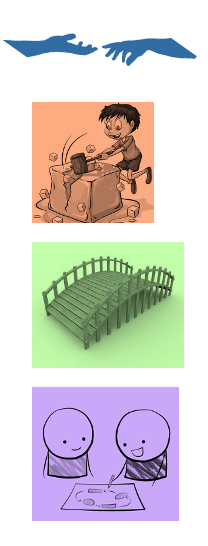
Do any of these help you to make more sense of the concept? If not, here’s one more definition: Scaffolds are any dynamic activity that explains new concepts, academic terms, images, instructions, or functions, through different learning styles – and that above all, are engaging.
In the end, scaffolds are transitional and transformational. They are a way of changing everything about how students feel about learning. They are 5-10 minutes activities that target different learning styles. Some of our students learn better when they hear new information, others need to see images to process new information, some need to verbalise what they are learning, others need to touch something and be able to move it, some need to stand up and move around, and still others need music to be able to understand something fully. We can create scaffolds for all these learning styles.
Would you like some concrete examples that you can use either online or in face-to-face classes? Let’s look at one scaffold adapted to three levels: pre-school, Primary and Secondary…and then you can answer the second question from above: Why should we care?
Scaffold examples: Which doesn’t belong?
- Pre-school: You are about to start a unit that contains three elements: animals, transport and colour. You show your students (or upload it on the screen) the images below (preparing 3-4 different sets is ideal) and ask them lower- and higher-order level questions:
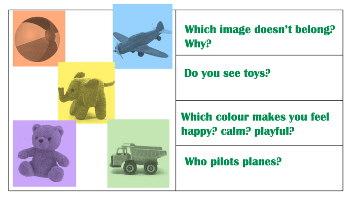
- Primary: You are about to begin a unit on transport and pollution. You give your students (or upload them the screen) the images below (5-6 different ones per group is ideal), and they work in pairs or groups of three to answer lower-and higher-order level questions.
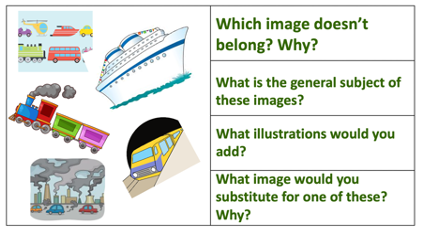
- Secondary: You are about to begin a unit on ancient civilisations. You give your students (or upload them on the screen), the table below (8-10 different ones per group is ideal), and they work in pairs, or groups of three to answer the lower- and higher order thinking questions.
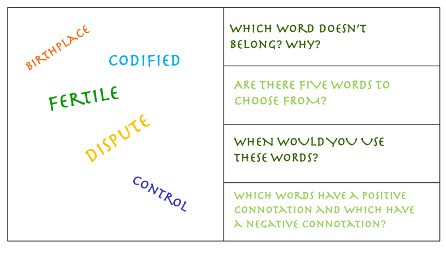
[NOTE: Remind your students over and over again that there are no single correct answers. If they can justify their answers, they’ve done well. You’ll see an enormous change in their engagement in the activity when they lose the need to find a ‘correct’ answer.]
…adapting to social distancing: Students turn their desks towards each other while maintaining distance. Each student has a set of tables and each group member identifies the questions and words/images they are referring to so the whole group works together synchronously.
..ad.apting to online lessons:
a) Upload the set of tables to your platform. You send a message to the students explaining the assignment, and they record themselves verbalizing their answers, and then they upload their recorded answers in Assignments.
b) You put students in Breakout Rooms in groups of three, they each take a role (Secretary, Speaker, Facilitator), and they work together to answer the questions. The Secretary records the conclusions of each question and shares them later in the main room.
After your students participate in this scaffolding activity, you’ll see how much more comfortable they are with the body of the lesson – the words, the concepts and the images will be more familiar, and so the stress level will be lower, and so in the end, they will assimilate more new knowledge.
So that’s a quick introduction to what scaffolding is and why it’s something you can consider to help your students transition into new knowledge with more ease, more engagement, and more fun!!! See you soon for the next blog.
See you soon for more!!
You can find out more in: What if…The Comprehensive Guide to Creating Phenomenon-Based Learning Projects Volume 1, Language Learning vs. Language Acquisition
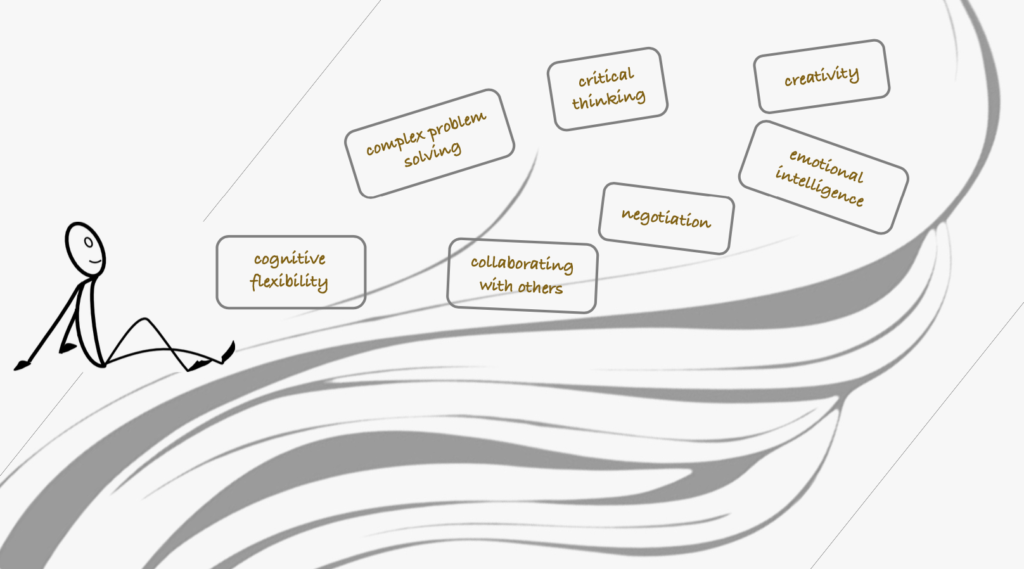
Scaffoldingmagic.com is your entryway into DYNAMIC bilingual learning methodologies, such as Phenomenon-Based Learning, CLIL, EMI, and ESL. You’ll find ways to implement critical thinking tools (DOK) to promote higher level thinking, the growth mindset, instill an ethic of excellence, deep reflection on learning, and all through multi-cultural, interdisciplinary activities. We have the keys to turning competences into action and to creating collective efficacy in your school so you move ahead as a unified, enthusiastic team.